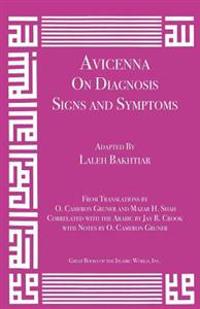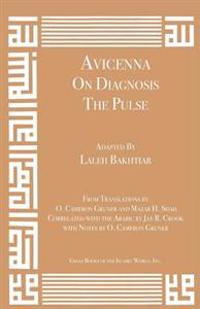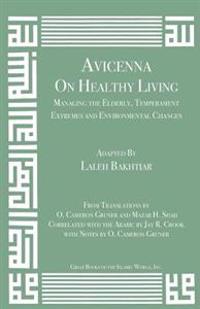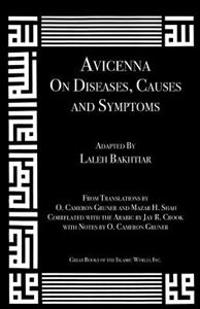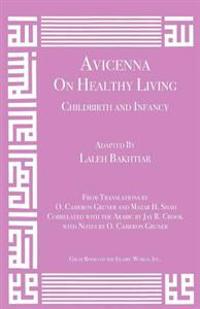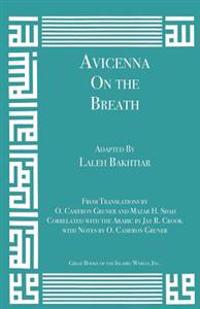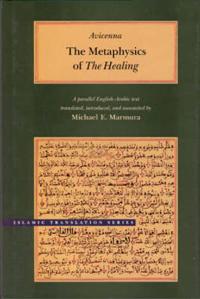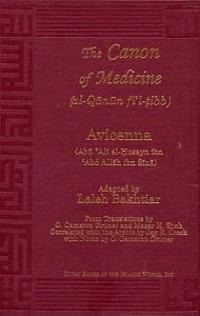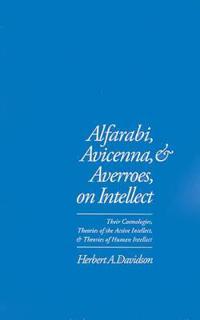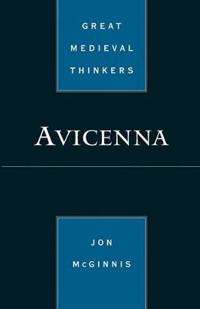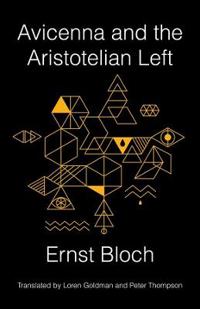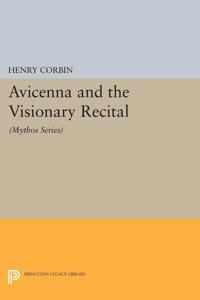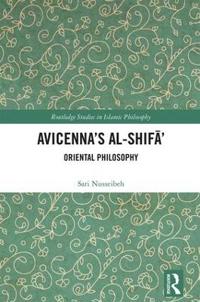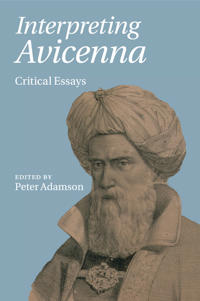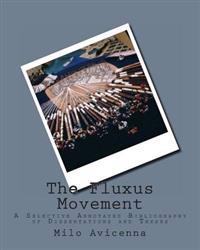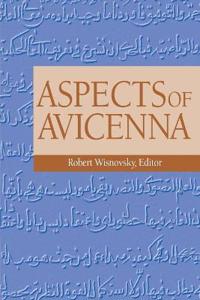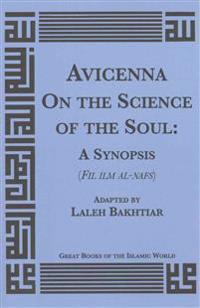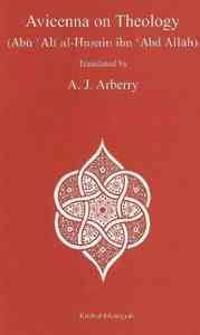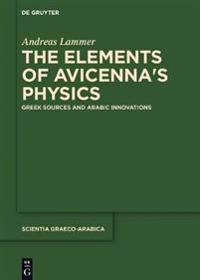Avicenna on Diagnosis: Signs and Symptoms (Häftad)
avLaleh Bakhtiar, Avicenna
ISBN: 9781567447897 - UTGIVEN: 2012-07After a general introduction, Avicenna in his Law of Natural Healing (Canon of Medicine), Lecture 9, introduces the signs of internal disease, the distinction between the disease and its secondary effects, the diagnostic signs of the temperaments, evidence of the four primary intemperaments and sign[...]
Avicenna on Diagnosis: The Pulse (Häftad)
avLaleh Bakhtiar, Avicenna
ISBN: 9781567447910 - UTGIVEN: 2012-07Avicenna summarizes: (1) why every pulse beat consists of four moments; (2) a list of ten types of pulse condition with descriptions of symptoms that permit diagnosis of each; (3) explanation of the causes of these ten types of varieties and sub-varieties to be found in each: long pulse, short pulse[...]
Avicenna on Healthy Living: Managing the Elderly, Temperament Extremes and Environmental Changes (Häftad)
avLaleh Bakhtiar, Avicenna
ISBN: 9781567447958 - UTGIVEN: 2012-07Avicenna in his Law of Natural Healing (Canon of Medicine), Lecture 13, written over 1000 years ago was concerned with the elderly and environmental changes to the same extent we are today. It also contains O. Cameron Gruner's extensive endnotes.[...]
Avicenna on Diseases, Causes and Symptoms (Häftad)
avLaleh Bakhtiar, Avicenna
ISBN: 9781567447996 - UTGIVEN: 2012-07After distinguishing between a sign and a symptom, Avicenna in his Law of Natural Healing (Canon of Medicine), Lecture 7, describes the various states of the human body and types of illnesses and injuries. It also contains O. Cameron Gruner's extensive endnotes.[...]
Avicenna on Healthy Living: Childbirth and Infancy (Häftad)
avLaleh Bakhtiar, Avicenna
ISBN: 9781567448016 - UTGIVEN: 2012-07As one reads this book, he or she will be amazed how little the prescription for healthy living has changed from 1000 years ago, particularly in regard to childbirth and infancy. Avicenna in his Law of Natural Healing (Canon of Medicine), Lecture 11, describes childbirth and infancy. It also contain[...]
Avicenna on the Breath (Häftad)
avLaleh Bakhtiar, Avicenna
ISBN: 9781567449983 - UTGIVEN: 2012-07The breath plays a most important role in natural healing or traditional medicine. Avicenna in his Law of Natural Healing (Canon of Medicine), Lecture 6, describes its origin, forms, sources and relations to being. It also contains O. Cameron Gruner's extensive endnotes.[...]
The Metaphysics Of The Healing (Inbunden)
avAvicenna, Michael E. Marmura, Avicenna
ISBN: 9780934893770 - UTGIVEN: 200509Avicenna, the most influential of Islamic philosophers, produced "The Healing" as his magnum opus on his religious and political philosophy. Now translated by Michael Marmura, "The Metaphysics" is the climactic conclusion to this towering work. Through Marmura's skill as a translator and his extensi[...]
Healing Secrets of Avicenna: it is Compiled from Avicenna's Work, "the Canon of Medicine" and Then Simplified (häftad)
ISBN: 9781365660801 - UTGIVEN: 2017-01When i had first read the second volume of Ibn Sina's study, "The Canon of Medicine", telling about which plant is recuperative and the applications of these plants internally and externally. Staying faithful to context of the book, submitting this book on behalf of the community was my biggest wish[...]
Alfarabi, Avicenna and Averroes on Intellect (Inbunden)
avPaul Tillich
ISBN: 9780195074239 - UTGIVEN: 199206The distinction between the potential intellect and the active intellect was first drawn by Aristotle. Medieval Islamic, Jewish, Christian philosophers, and European philosophers in the sixteenth century considered it a possible key to deciphering the nature of man and the universe. In this book, He[...]
Avicenna
ISBN: 9780195331486 - UTGIVEN: 2010-06Ibn Sina - Avicenna in Latin - (980-1037) played a considerable role in the development of both eastern and western philosophy and science. His contributions to the fields of logic, natural science, psychology, metaphysics and theology and even medicine are difficult to overstate. The great Islamic [...]
Avicenna and the Aristotelian Left (häftad)
ISBN: 9780231175357 - UTGIVEN: 2019-01Ernst Bloch was one of the most significant twentieth-century German thinkers, yet he remains overshadowed by his Frankfurt School contemporaries. Known for his engagement with utopianism and religious thought, Bloch also wrote incisively about ontological questions. In his short masterpiece Avicenn[...]
Avicenna and the Visionary Recital
ISBN: 9780691600703 - UTGIVEN: 2014-07In this work a distinguished scholar of Islamic religion examines the mysticism and psychological thought of the great eleventh-century Persian philosopher and physician Avicenna (Ibn Sina), author of over a hundred works on theology, logic, medicine, and mathematics. Henry Corbin's discovery in an [...]
Avicenna's Al-Shifa'
ISBN: 9781138485044 - UTGIVEN: 2018-03This book deals with the philosophy of Ibn Sina - Avicenna as he was known in the Latin West- a Persian Muslim who lived in the eleventh century, considered one of the most important figures in the history of philosophy. Although much has been written about Avicenna, and especially about his major p[...]
Avicenna His Life and Works - Scholar's Choice Edition (häftad)
ISBN: 9781298019349 - UTGIVEN: 2015-02Interpreting Avicenna
ISBN: 9781316505359 - UTGIVEN: 2016-03Avicenna is the greatest philosopher of the Islamic world. His immense impact on Christian and Jewish medieval thought, as well as on the subsequent Islamic tradition, is charted in this volume alongside studies which provide a comprehensive introduction to and analysis of his philosophy. Contributi[...]
The Fluxus Movement: A Selective Annotated Bibliography of Dissertations and Theses (Häftad)
avMilo Avicenna
ISBN: 9781497425408 - UTGIVEN: 2014-03Aspects of Avicenna (Pocket)
avRobert (EDT) Wisnovsky
ISBN: 9781558762510 - UTGIVEN: 2002-03The philosopher and physician Abu Ali al-Husayn ibn 'Abdallah ibn Sina (d. 1037 C.E.), known in the West by his Latinized name Avicenna, was one of the most influential thinkers of the Islamic and European Middle Ages. Yet for a great number of scholars today Avicenna's thought remains inaccessible.[...]
Avicenna on the Science of the Soul: A Synopsis (Fil Ilm Al-Nafs) (Häftad)
avAbu Ali Al-Husayn Ibn 'Abd All Ibn Sina, Laleh Bakhtiar
ISBN: 9781567441994 - UTGIVEN: 2013-10Avicenna writes this short synopsis on the soul as a gift for a Prince. Written around the year 1000 C.E., Avicenna Describes the soul as an immaterial substance that is known through its powers. According to him, it is the human rational soul that survives the body after death and is eternal.[...]
The Elements of Avicenna's Physics: Greek Sources and Arabic Innovations
ISBN: 9783110543582 - UTGIVEN: 2018-02This study is the first comprehensive analysis of the physical theory of the Islamic philosopher Avicenna (d. 1037). It seeks to understand his contribution against the developments within the preceding Greek and Arabic intellectual milieus, and to appreciate his philosophy as such by emphasising hi[...]
Creation and the Cosmic System: Al-Ghazâli & Avicenna (Häftad)
avRichard M. Frank
ISBN: 9783825344399 - UTGIVEN: 1992-12

